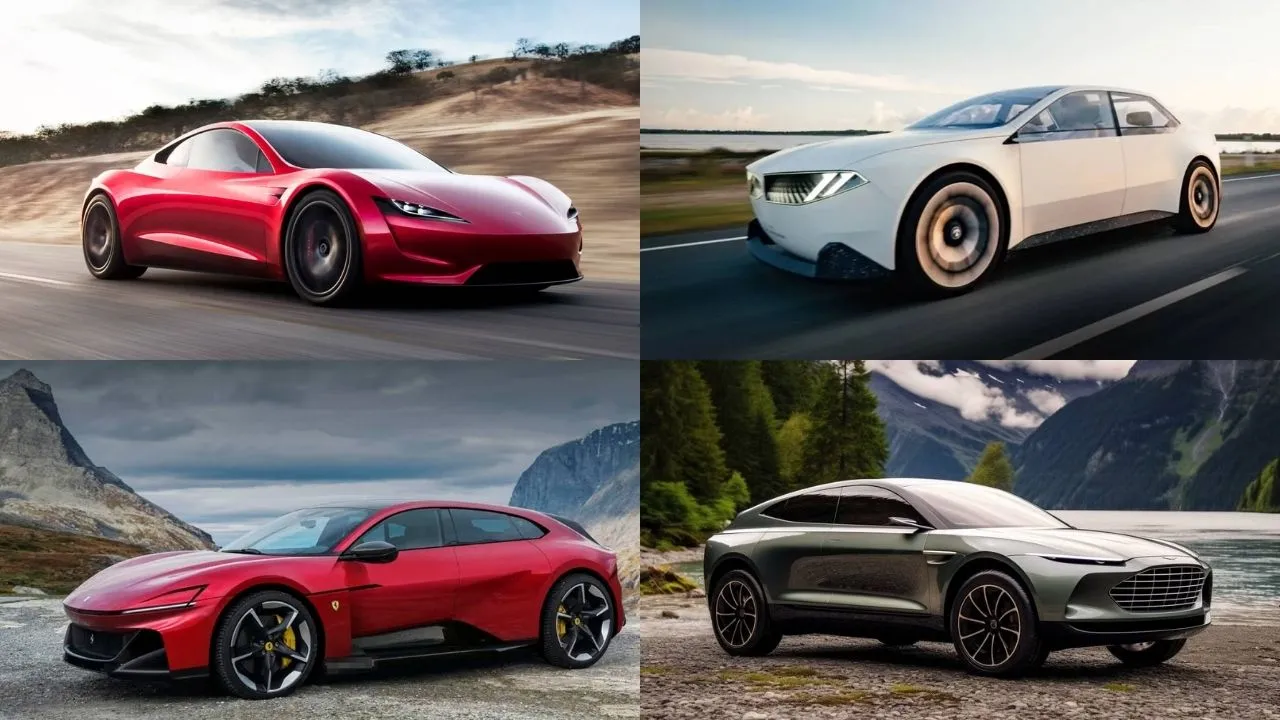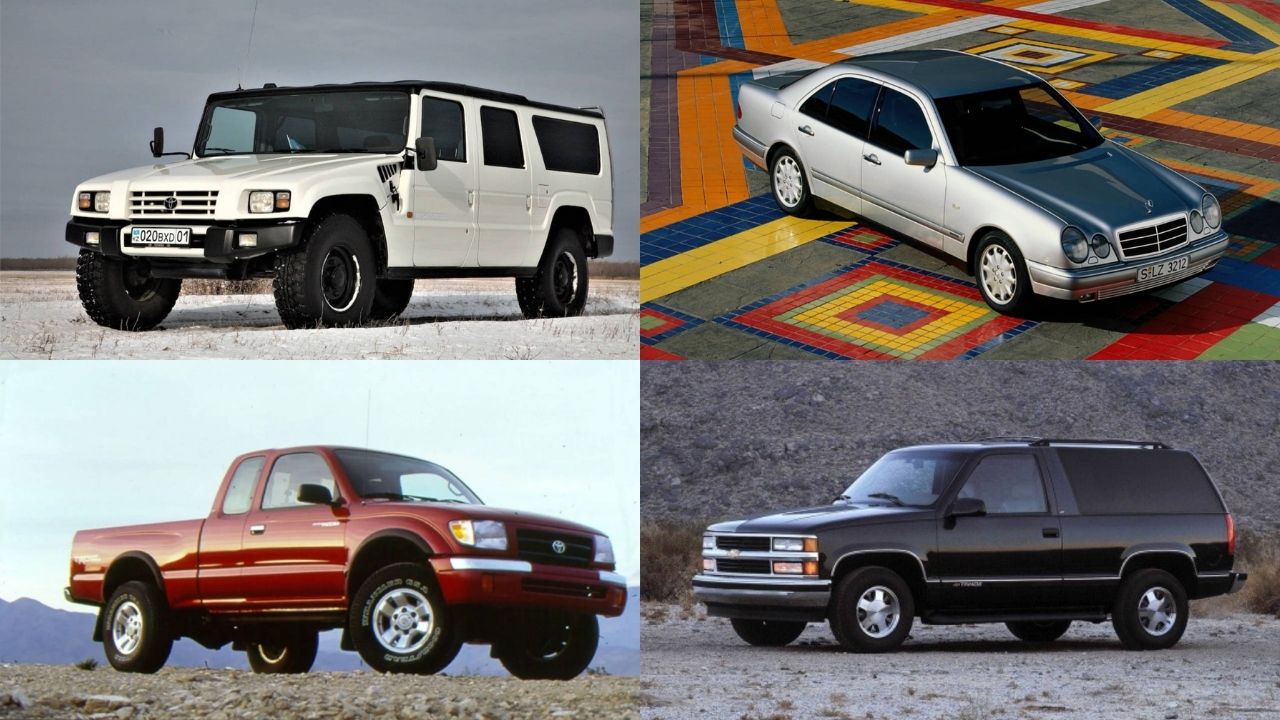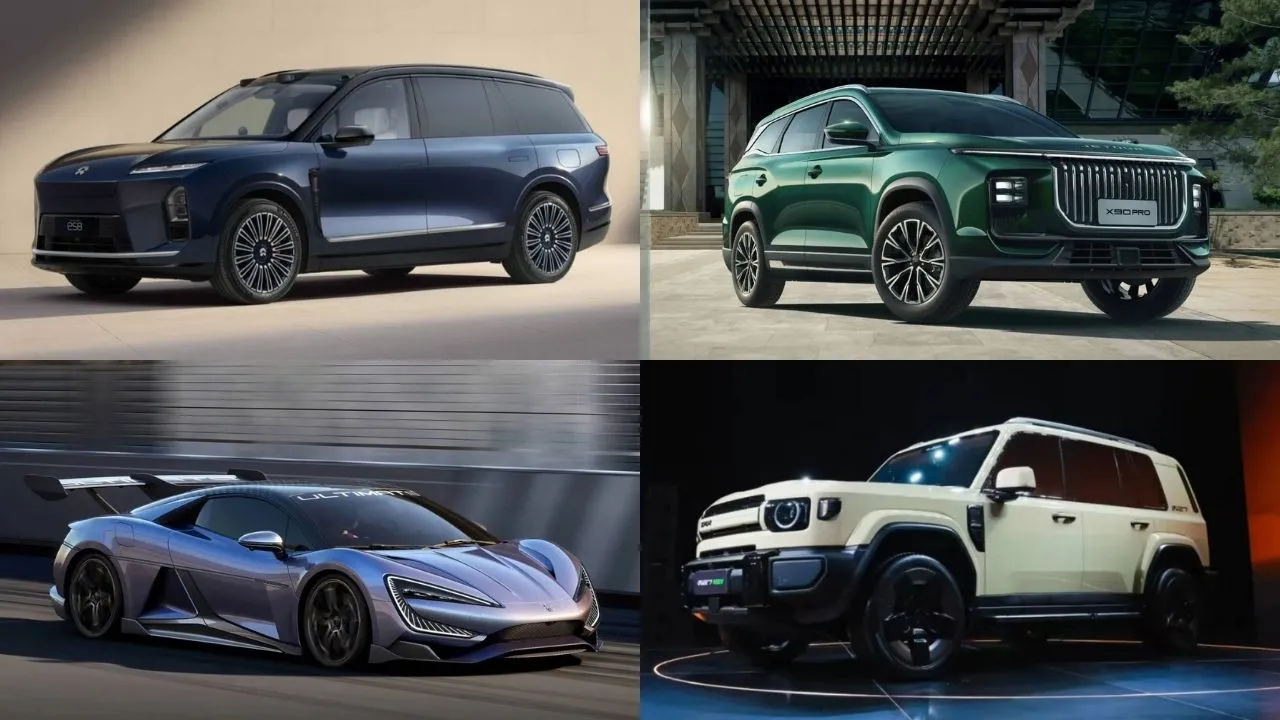DubiCars Car Spotlight — Hyundai Elantra: All You Need To Know About The Hyundai Elantra & Its History
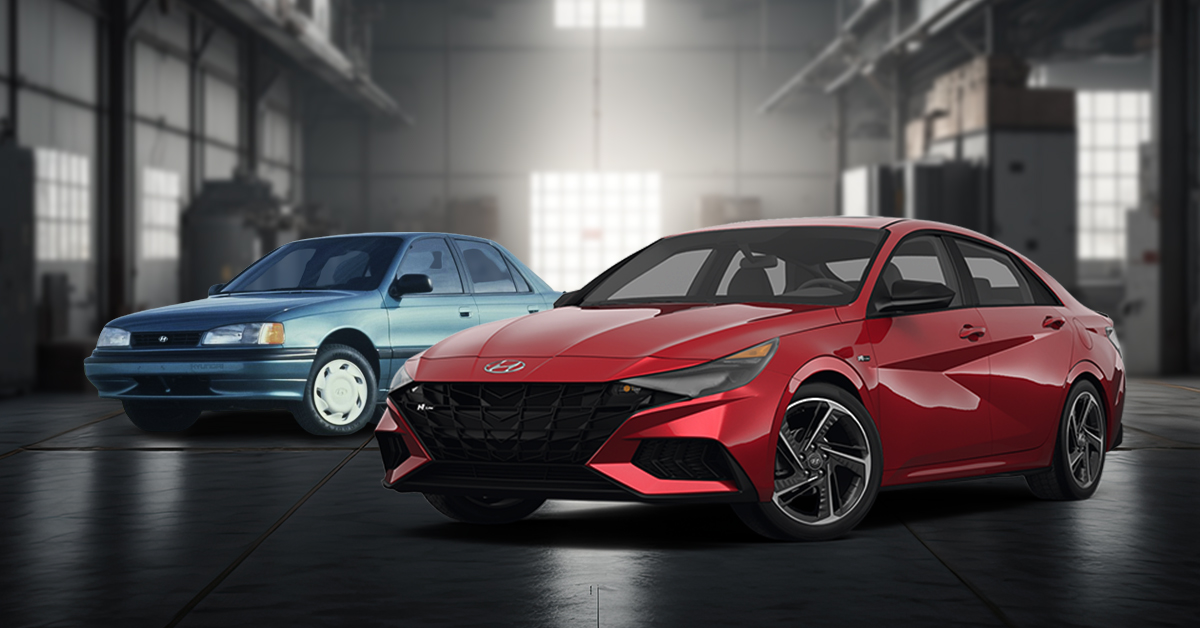
In today’s time and age, SUVs rule the roost. Buyers want SUVs and so manufacturers are going all out on manufacturing SUVs. However, there are still hundreds of thousands of buyers across the globe who are willing to put their money into a C-segment sedan. These sedans once ruled the roost and the fact that these sedans still offer a great driving experience still stands.
There are a few sedans that have been quite popular in this segment over the last few decades and the Hyundai Elantra is one of them. The sedan was first launched in 1990 and back then, it was a practical family car with just the bare basics in terms of the features. However, over the years, the Elantra has turned into a modern, feature-packed sedan with a lot to offer.
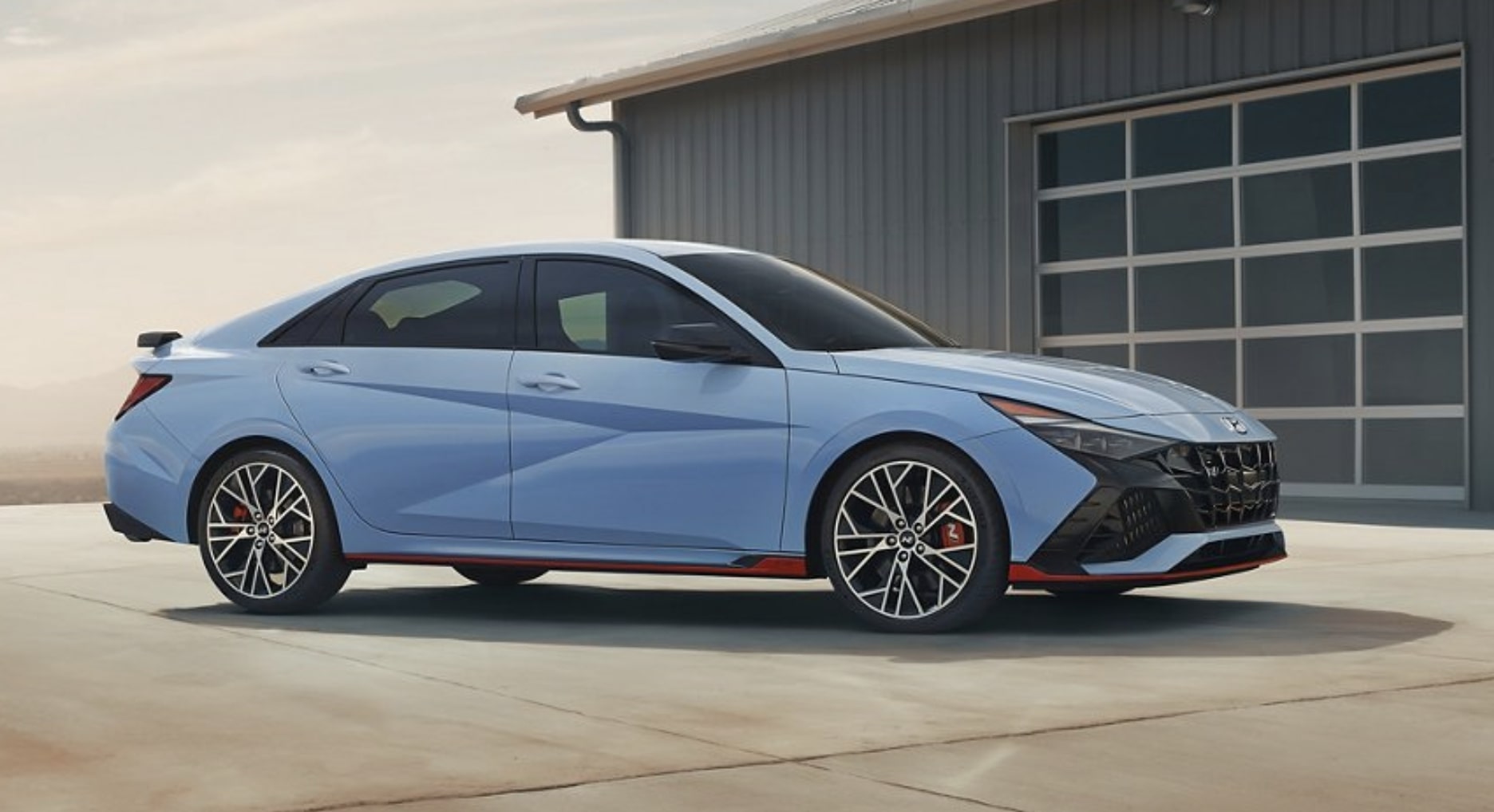
The word Elantra is derived from the word ‘Elation’. The sedan is also called the Hyundai i30, Hyundai Avante, or Hyundai Lantra. Read on to know about the history and all generations of the Hyundai Elantra.
Hyundai Elantra History — Models Over The Years
First Generation | 1990 – 1998
The Hyundai Elantra is one of those sedans that had humble beginnings but eventually went on to become a premium product. Its humble beginnings took place in the late 80s when development began. It was launched in October 1990 and immediately began to get lots of attention in the auto industry.
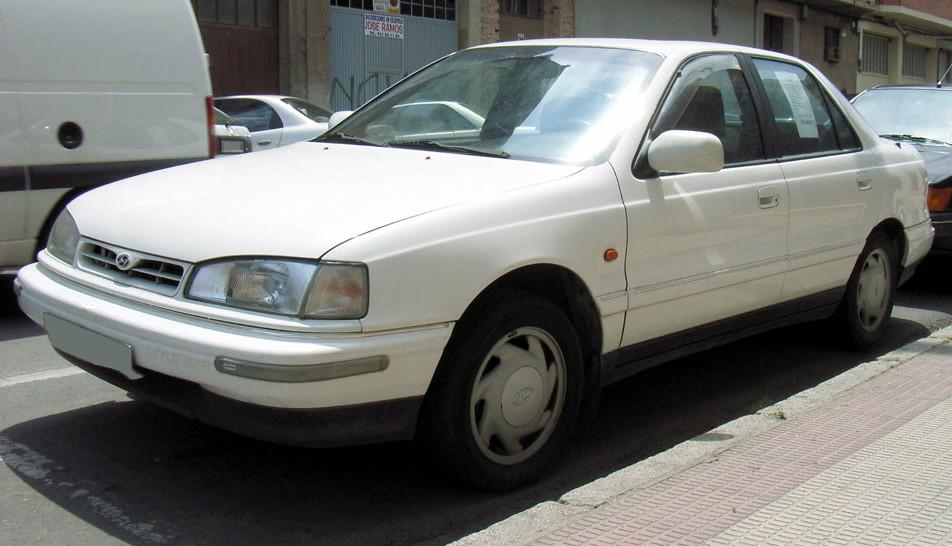
It was really simple in terms of the design and styling. However, there was more to it than just styling. It was built on a sturdy manufacturing platform and came with reliable engines. Over its eight-year production run, the first-gen Hyundai Elantra was available with five inline-four engine options, ranging from 1.5-litres to 1.8-litres in capacity. It could be had with either a 5-speed manual or a 4-speed automatic gearbox.
The first-gen was produced for international markets until 1995 while the Indonesian market only received the sedan in 1995 and there it remained in production until 1998. It was known as the Bimantara Nenggala in Indonesia.
Second Generation | 1995 – 2000
In 1995, the second-generation Hyundai Elantra went into production. It was assembled in South Korea and Botswana but retailed in many other important markets. The second generation featured refreshed design and styling on the outside. However, the interior still remained basic and utilitarian.
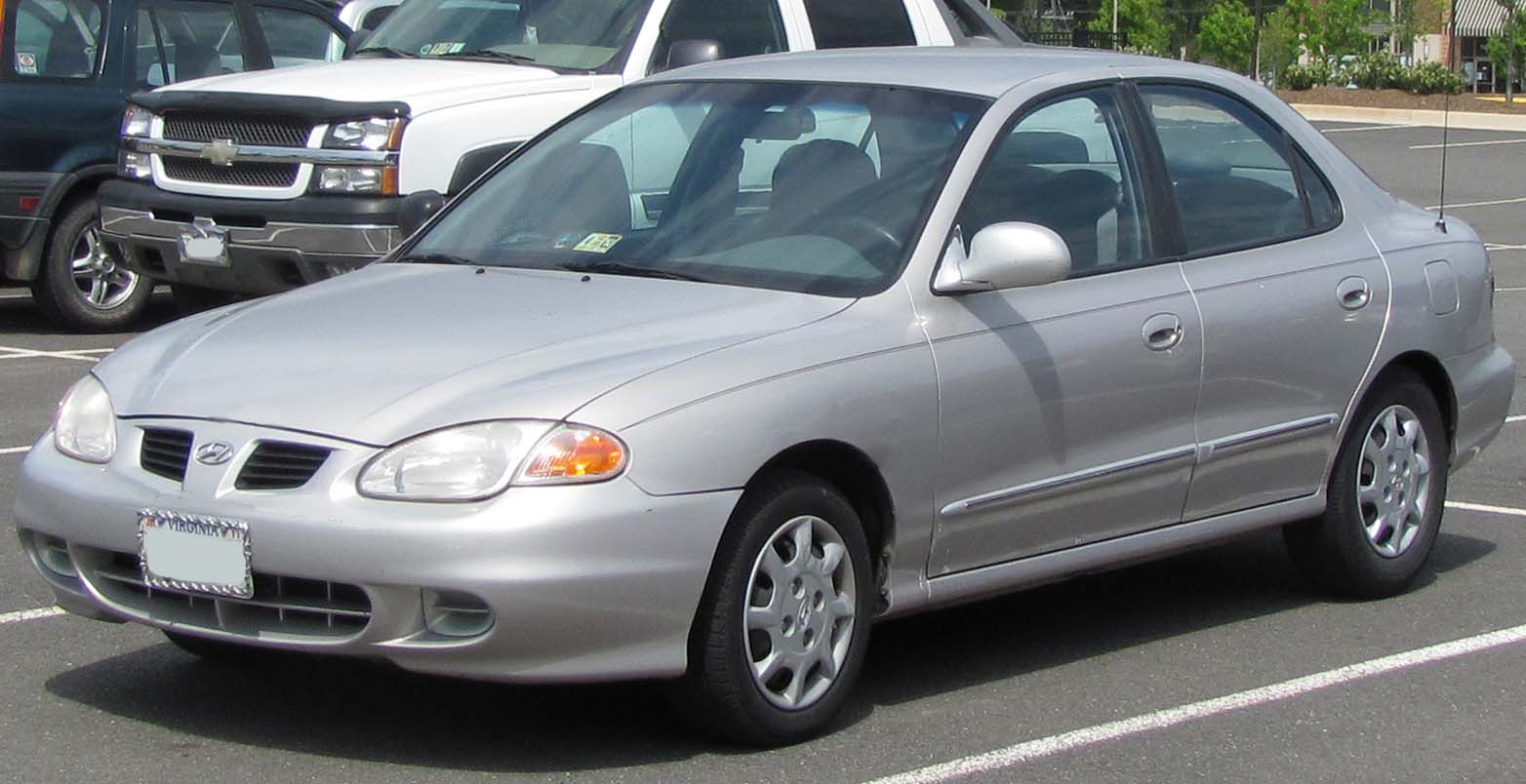
For the first time, it was also sold in the station wagon body style. It was powered by a range of inline-four-cylinder engines. Petrol engines ranged from 1.5-litres to 2.0-litre in capacity and for the first time, it even came with a diesel engine — a 1.9-litre unit.
Third Generation | 2000 – 2012
At the turn of the 21st century came the third-generation Hyundai Elantra. This is where the Elantra became more well-known as the sedan became available in more markets. It was produced in China, Venezuela, South Korea, India, Iran, and Russia. Production for global markets stopped in 2006. However, it continued in Venezuela and Iran.

With the third generation, Hyundai dropped the station wagon body style in favour of a notchback. With this generation, Hyundai also started offering more features on the Elantra. Some variants gained features like a powered moonroof, ABS, a CD player, etc. The same petrol engine options were retained. However, it gained two new diesel engines — 1.5-litre & 2.0-litre.
Fourth Generation | 2006 – 2020
The fourth-gen Hyundai Elantra arrived in 2006. Instead of looking a bit more modern and styling, this generation of the Elantra went a bit backward and looked a bit dated. Some variants in select markets received more airbags and it now received all-wheel disc brakes. Though production for global markets ended in 2010, it was produced in China until 2020. With this generation, Hyundai reached a new milestone.
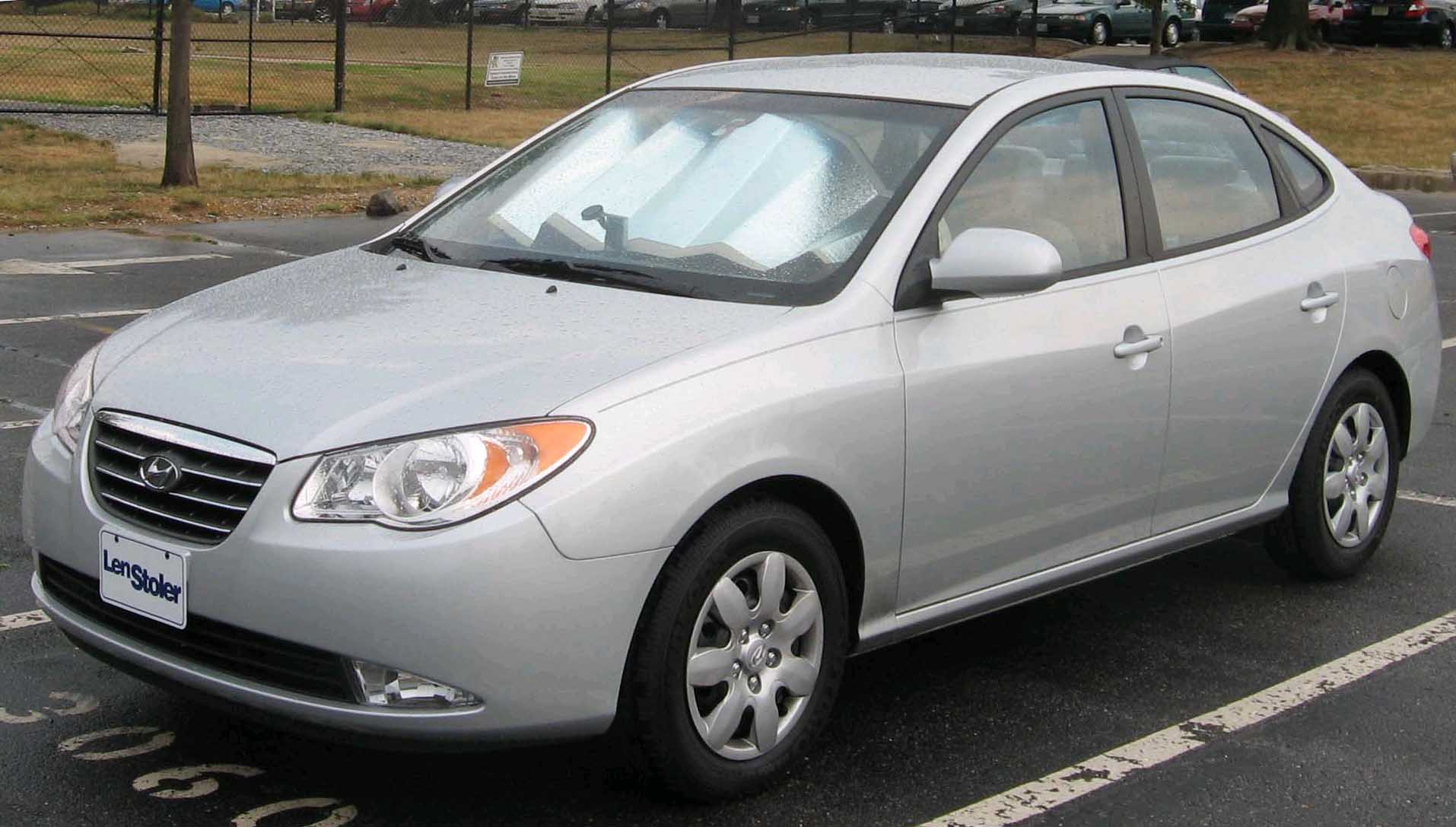
The Hyundai Elantra was the world’s first car to be powered by a hybrid powertrain designed to run on LPG (Liquified Petroleum Gas). It was a 1.6-litre inline-four LPI (Liquified Petroleum-Injected) engine combined with a battery and a small electric motor. It was also available with a 1.6-litre turbo-diesel engine and four inline-4 petrol engines ranging from 1.6-litres to 2.0-litres.
Fifth Generation | 2010 – 2018
It was with this generation that the popularity of the Hyundai Elantra really began to grow immensely. Hyundai’s new Fluidic design language brought modern styling to the sedan and it looked fantastic. It debuted at the 2010 Busan Motor Show and was launched in several international markets soon after.
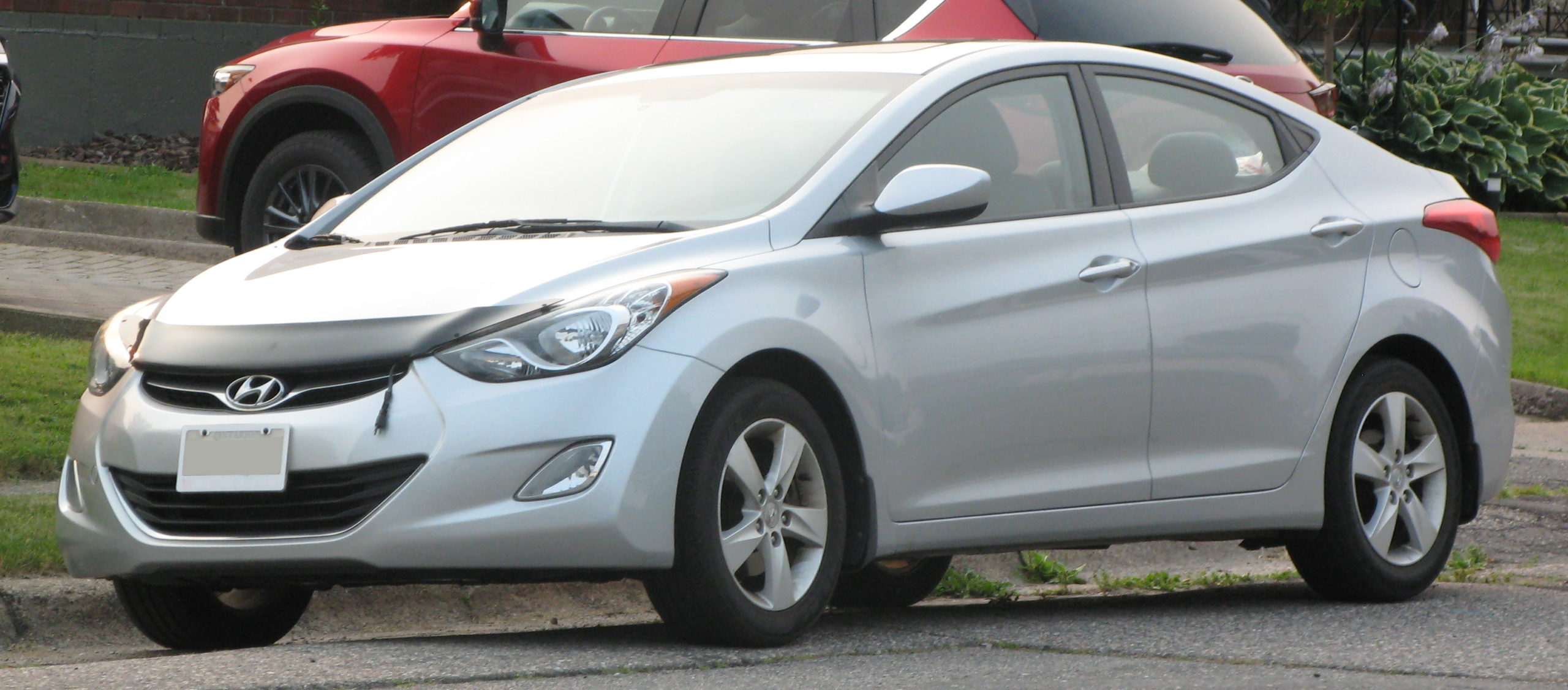
It was a thoroughly modern sedan, not just outside but inside too. Features like touchscreen infotainment with navigation were offered. 1.6-litre, 1.8-litre and 2.0-litre inline-4 petrol engines were on offer and they were paired with either a 6-speed manual or a 6-speed automatic gearbox. In 2013, Hyundai refreshed the design and offered a facelifted model.
Sixth Generation | 2015 – Present
In 2015, the sixth-generation Hyundai Elantra was introduced. With this generation, Hyundai introduced new styling that kept it in line with the latest Hyundai design language. It was produced in 11 countries around the world and was futuristic and modern. The interior was modern too and premium materials were found all over.
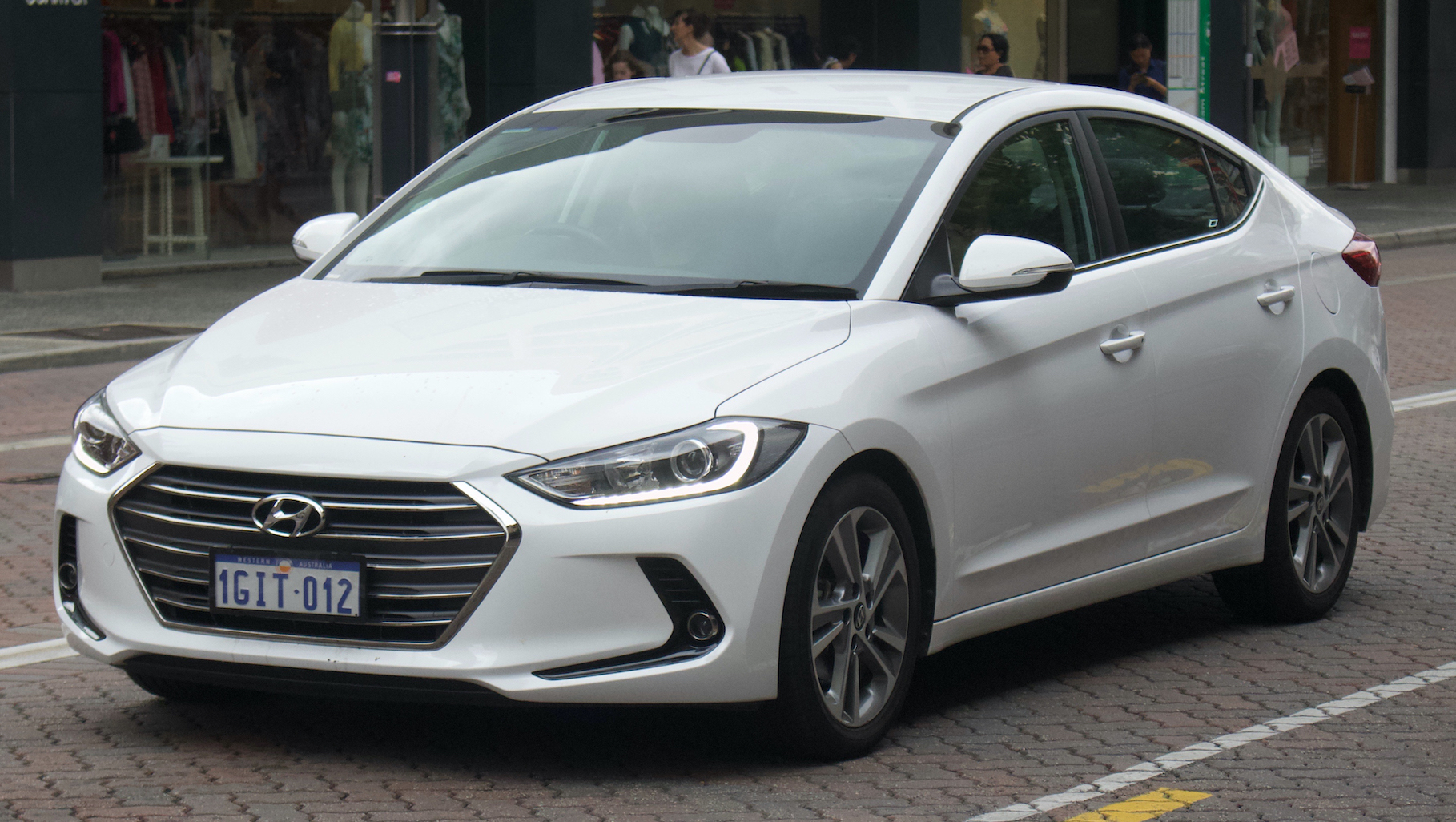
Production for international markets ended in 2020. However, it is still being produced in China and Pakistan. Five petrol engines were available, starting from a 1.4-litre unit and going up to a 2.0-litre unit. It was also available in an LPG version with a 1.6-litre engine. The diesel version too was powered by a 1.6-litre engine.
Seventh Generation | 2020 – Present
With a new ‘Parametric Jewel’ design language, better aerodynamics, more powerful engines, and more features than ever before, the seventh generation Hyundai Elantra debuted in 2020. Inside the sedan is a twin digital display with two full-colour screens handling instrumentation and infotainment. Available in several trims, the Hyundai Elantra comes with a long list of features.

Seventh-Gen Hyundai Elantra Features:
- Nine Colour Options
- 18-inch Alloy Wheels
- Immersive Driver Cockpit
- Dual 10.25-inch Screens
- 64-Colour Interior Mood Lighting
- Forward Collision Avoidance Assist
- Blindspot Collision Avoidance
- Smart Cruise Control
- Wireless Smartphone Charging
- Apple CarPlay & Android Auto
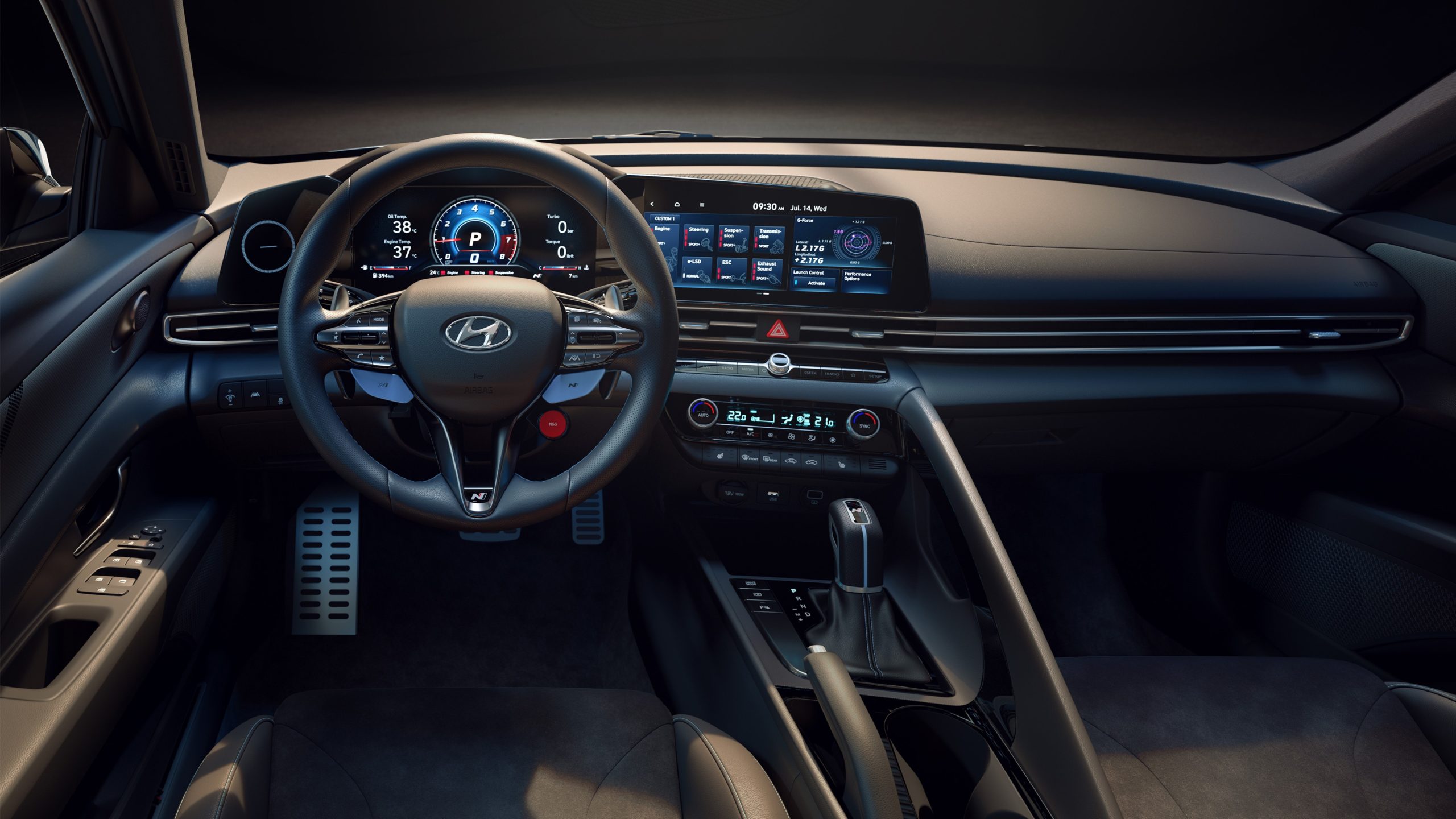
Nine different inline-four engines are available with the Hyundai Elantra. This includes seven petrol engines ranging from 1.4-litre to 2.0-litre. In addition, the 1.6-litre LPG unit has been retained while a 1.6-litre hybrid has been added to the mix.
Check out the DubiCars Hyundai Elantra Page for more details about the new Elantra and find out the number of trims, prices, features, colours, pros & cons, and more.
Most Popular Hyundai Elantra Generations In The UAE
The Sixth and Seventh generations of the Hyundai Elantra are commonly found in the UAE. Buyers of these generations of the Elantra appreciate the modern features and the reliability offered by the sedan. In addition, the fifth generation of the sedan is quite popular as well. However, the number of fifth-gen Hyundai Elantra sedans on UAE’s roads is dwindling.
Check out used Hyundai Elantra sedans for sale in the UAE & new Hyundai Elantra sedans for sale in the UAE.
Also Read:
– Selling Your Financed Car In The UAE — A Comprehensive Guide
– 2024 Mercedes-Benz V-Class Revealed
– Barbie’s Corvette Is An EV — Here’s All You Need To Know




